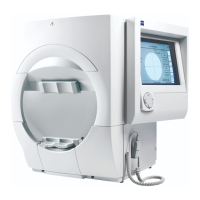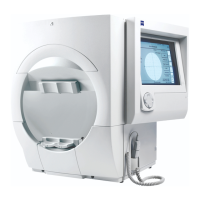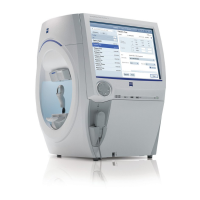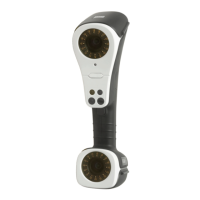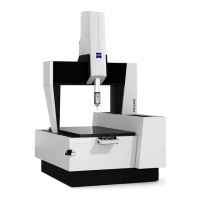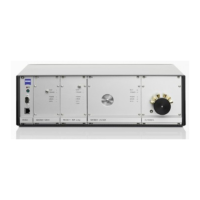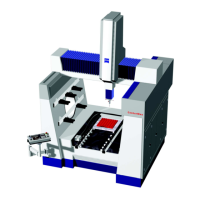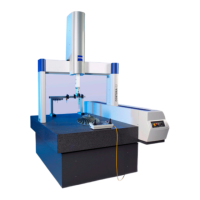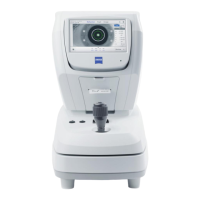Do you have a question about the Zeiss HUMPHREY 745i and is the answer not in the manual?
Covers essential safety measures for instrument installation and operation, including electrical and general precautions.
Explains how to configure instrument settings like language, head tracking, and time/date.
Details the process of inputting patient demographic and clinical information, including ID, name, and DOB.
Describes different testing methodologies like Two Zone, Three Zone, and Quantify Defects.
Explains the SITA Standard and SITA Fast strategies, designed for faster and more reproducible testing.
Details the Blue-Yellow perimetry method, its advantages, and how it works.
Focuses on using the Video Eye Monitor and Gaze Tracking for proper patient alignment and fixation.
Discusses elements influencing test accuracy, such as patient compliance, fixation, and trial lenses.
Explains how to interpret reliability indices like fixation losses and false errors on printouts.
Emphasizes the importance of backing up patient data using floppy or magneto-optical disks.
Explains how to back up and restore instrument settings, custom tests, and main menu configurations.
Provides steps to address potential database issues, including hard drive and floppy disk failures.
Guides users through designing and saving personalized threshold or screening test patterns.
Outlines basic guidelines for operating and maintaining the HFA II in good working condition.
Provides instructions on how to clean the instrument's exterior, bowl, touch screen, and other parts.
Stresses the critical step of backing up all data before attempting software installation.
Addresses common issues encountered when powering on the HFA II, like no power or blank screens.
Covers messages indicating hard disk failure and patient names without test data.
| Model | HUMPHREY 745i |
|---|---|
| Power Requirements | 100-240 VAC, 50/60 Hz |
| Manufacturer | Zeiss |
| Product Type | Visual Field Analyzer |
| Type | Automated Perimeter |
| Technology | Static Automated Perimetry |
| Stimulus Size | Goldmann Size I - V |
| Background Luminance | 31.5 asb (10 cd/m²) |
| Test Strategies | SITA Standard, SITA Fast, Full Threshold, FastPac |
| Test Patterns | 24-2, 30-2, 10-2, Macula, Nasal Step |
| Test Types | Threshold, Suprathreshold |
| Fixation Monitoring | Heijl-Krakau blind spot monitoring |
| Data Analysis | Glaucoma Probability Analysis (GPA), STATPAC statistical analysis |
| Display | Integrated display for test monitoring and results review |
| Data Storage | Internal storage |
| Connectivity | Ethernet, USB |
| Printer | Compatible with various medical printers |

